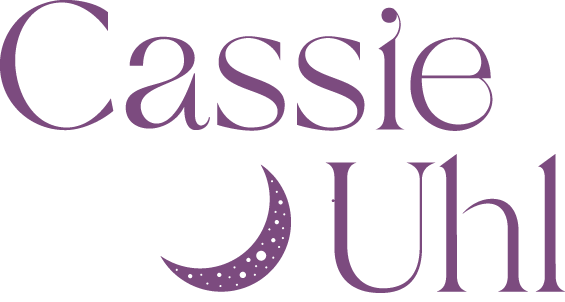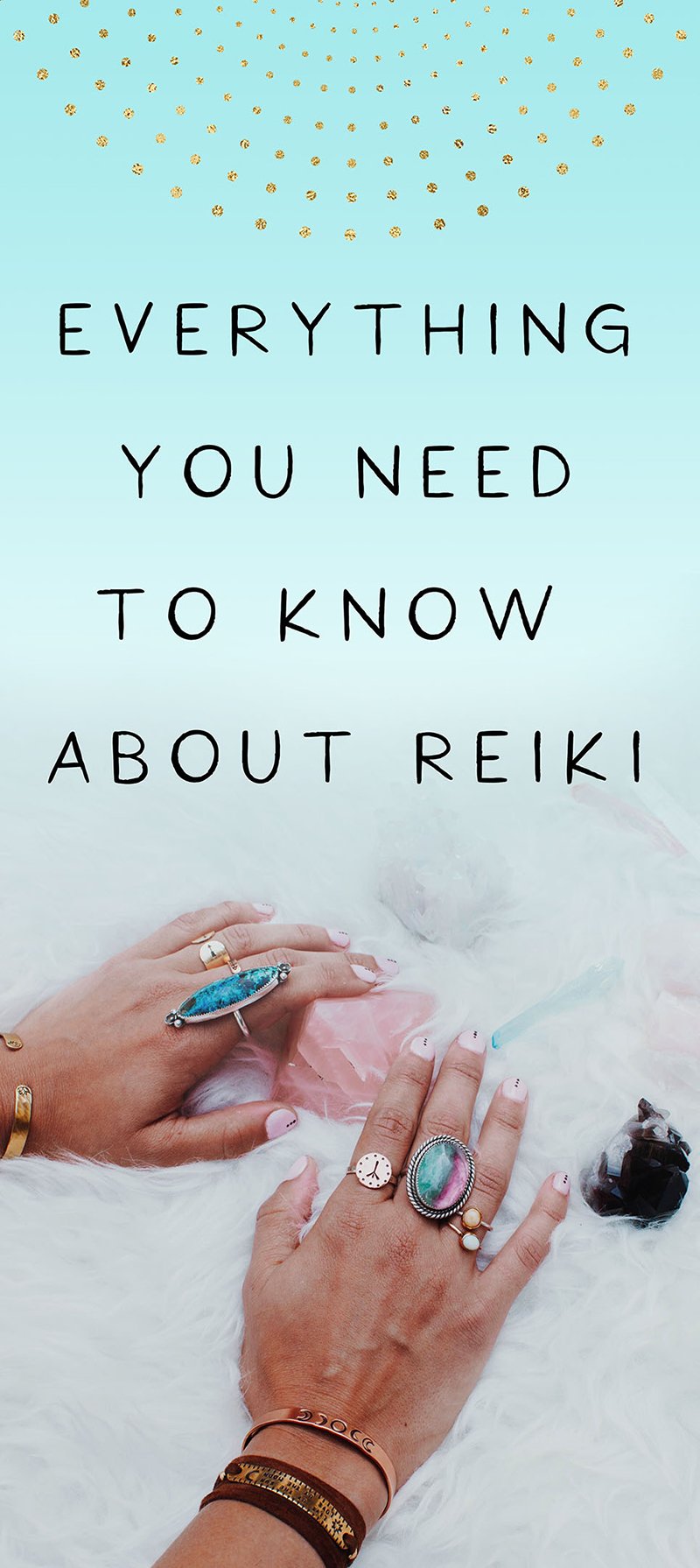Everything You Need to Know About Reiki
If you’re reading this blog post, you’ve probably heard of Reiki. Maybe you’ve received a Reiki session, or love Reiki and are thinking about starting a Reiki certification.
I’m a Reiki Master, and I often find that even people who have received Reiki before don’t really know much about it. In this blog post, I’ll be explaining what Reiki is, the history of Reiki, the benefits of Reiki, what you might experience with Reiki, and how to weave Reiki into your ritual and spellwork practice.
WHAT IS ENERGY?
I’d like to start with energy. Reiki is energy healing and energy is a huge buzzword these days — but what is energy?
Everything is energy. This is something science has proven time and time again. Your table, your body, an orange, a tree, sound — our senses don’t detect the energetic movements of things like oranges and tables because they vibrate slowly and at a low frequency, but they’re still made up of energy.
We are all made up of energy. There is only one tiny basic unit that connects everything and makes up all of us.
WHAT IS REIKI?
Now that you know what energy is, what is Reiki? Reiki is a specific kind of energy work. It’s an energy healing modality that was channeled by Dr. Mikao Usui in Japan, which I’ll get into more detail about below.
The word Reiki itself means “Universal Energy.” It’s Universal Energy, spiritual energy, the energy of oneness, that can be channeled from one human being to another to facilitate healing.
Reiki has its own intelligence. You don’t have to be special to give Reiki, which is one of the things I love about it. We all have this energy within us--it simply gets awakened through a process called a Reiki attunement.
Learn more about different types of energy work here.
A BRIEF HISTORY OF REIKI
As I mentioned above, Reiki was channeled by Dr. Mikao Usui. He was born in 1865 in a little village in the mountains of southern Japan into a well-off Buddhist family and was always interested in healing. Later in life, he became a Buddhist monk and lived in a monastery but was still looking for something.
Dr. Usui wanted to find a method of healing that was unattached to any specific religion, accessible to everyone.
So he isolated himself on Mount Kurama fasting, meditating, and praying. After 21 days, he felt an awakening. A vision of light, a feeling of complete peace and oneness, and he saw the ancient symbols that helped him create the Usui Reiki system of healing.
He quickly came down from the mountain and moved back to Tokyo where he established a healing Reiki clinic and school there (around 1922). He wanted to help as many people as possible, so he taught several Reiki Masters, making sure Reiki wouldn’t be forgotten.
Those Reiki Masters trained some other Reiki masters, who further refined the attunement process and the hand positions used. In 1935 one of those Reiki Masters, Dr. Chujiro Hayashi, trained a Japanese American woman who originally came to him for healing, Hawayo Takata.
Hawayo Takata is the person who brought Reiki to the US. She returned home and spread the system of healing to others here, attuning 22 Reiki masters before she died.
BENEFITS OF REIKI
Now that you know a bit about what Reiki is and where it comes from, what are the benefits of Reiki?
I have found over and over again that Reiki will give each individual whatever it is they need. Here is a non-exhaustive list of some of the benefits of Reiki from my experience and from my teachers:
Relief of physical pain and discomfort
Release of limiting belief systems
Release of blocked energy and blocked emotions
Reconnection to your highest self
Reach a calmer, meditative state
Become more present and enjoy your life more
Open to your own self-healing power
Feel lighter and more in balance
Relax and reduce stress
Calm the ego
Connect you to who you really are
Align with your higher calling and purpose
Enhance your connection to spirit
Open your intuitive channel
And more!
WHAT CAN YOU EXPECT IN A REIKI SESSION?
You’ll typically receive a Reiki session laying down on a massage table, and you’ll always be fully clothed. Your practitioner will use a combination of hands-on gentle touch and hands-off (hovering).
Each individual’s experience of Reiki is unique, and there’s definitely no right or wrong way to experience Reiki. You might see color, words, and/or images. You might get intuitive hits, inspiration, and creative ideas. You might have an emotional release like crying afterwards, or the next day. Or maybe you just feel super relaxed. Maybe you fall asleep.
Personally, I often see color and get creative ideas and intuitive hits. I occasionally see images. I typically reach a calmer, more present, meditative state and deeply feel my connection with Source.
HOW TO WEAVE REIKI INTO YOUR RITUAL AND SPELLWORK PRACTICE
Attuned to Reiki? I love weaving Reiki into my ritual and spellwork practice, and you can do it, too! Here are some of my favorite ways to weave Reiki into my witchcraft:
Using Reiki to clear and/or charge my magical tools
Using Reiki in spellwork to charge my spell bag, candle, etc. with my intention
Using Reiki to open my channel to receive messages from my guides and ancestors
There are so many different ways to work with Reiki once you’re attuned. Get creative and follow your intuition!
EXPLORE REIKI FURTHER
Want to learn more about Reiki? Two of my favorite books are The Art of Psychic Reiki by Lisa Campion and This Is Reiki by Frank Arjava Petter.
If you’ve received Reiki before and are thinking about learning Reiki for yourself, check out this article to help you choose a Reiki 1 training that’s a fit for you.





